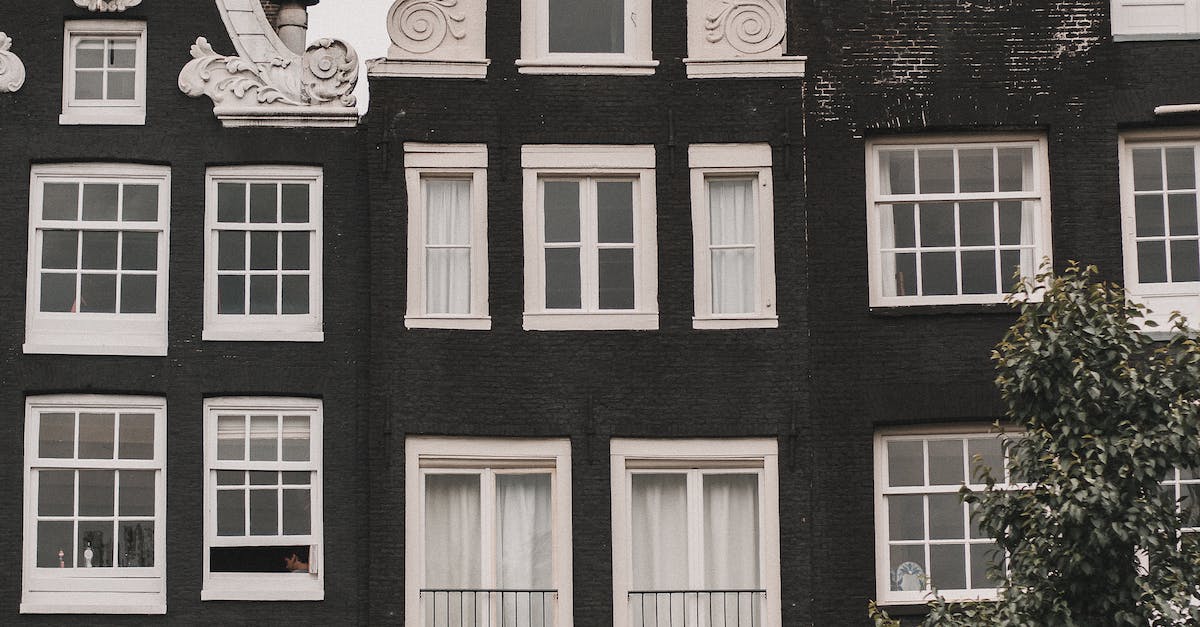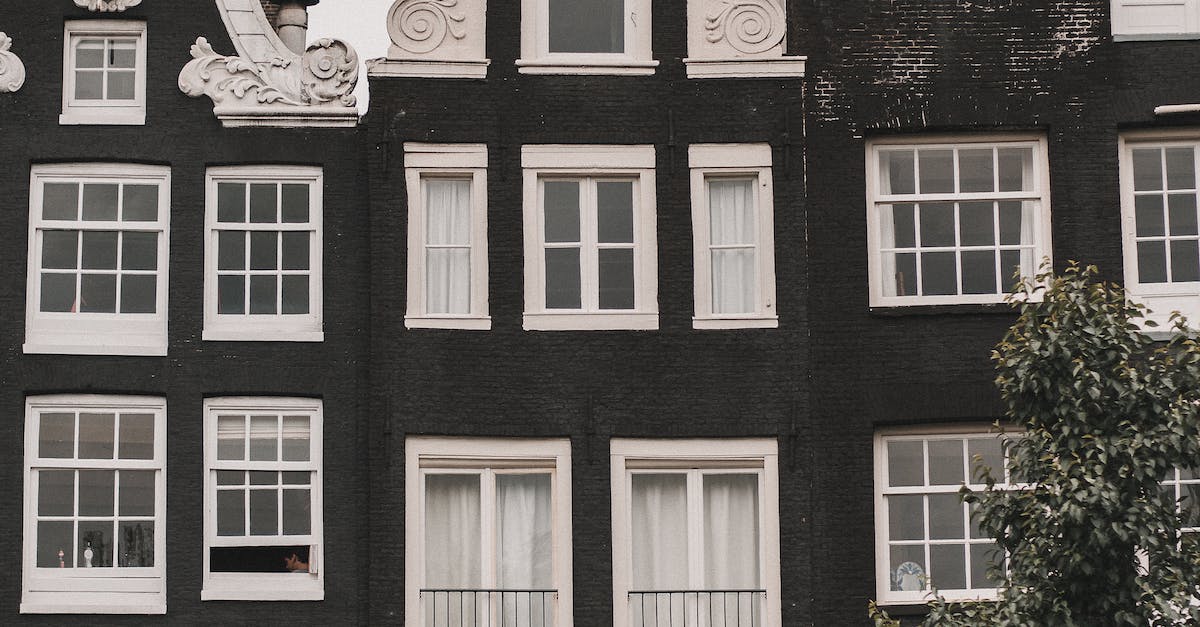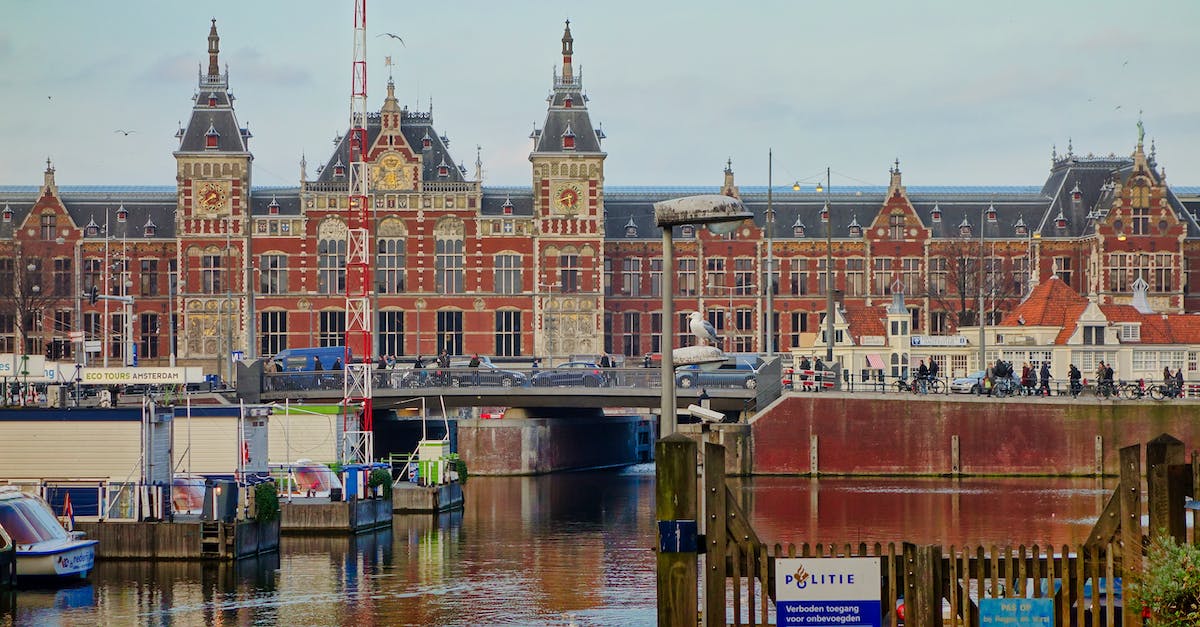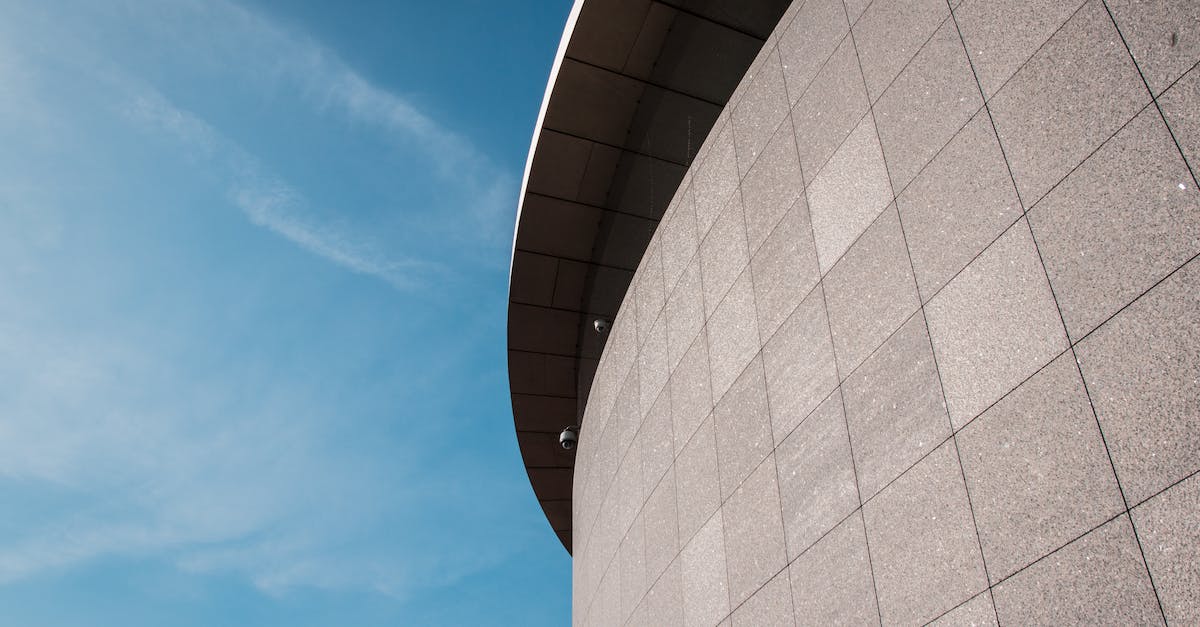
 The Anne Frank House is a historic building in Amsterdam, Netherlands. It is the former hiding place where Anne Frank, a Jewish girl, and her family lived during World War II. The house has been converted into a museum, allowing visitors to learn about Anne Frank's life and the impact of the Holocaust. The museum showcases the secret annex where the Frank family hid, as well as exhibits on discrimination, persecution, and the importance of tolerance. The Anne Frank House is a powerful reminder of the atrocities of war and the importance of human rights.
The Anne Frank House is a historic building in Amsterdam, Netherlands. It is the former hiding place where Anne Frank, a Jewish girl, and her family lived during World War II. The house has been converted into a museum, allowing visitors to learn about Anne Frank's life and the impact of the Holocaust. The museum showcases the secret annex where the Frank family hid, as well as exhibits on discrimination, persecution, and the importance of tolerance. The Anne Frank House is a powerful reminder of the atrocities of war and the importance of human rights.
 The Royal Palace of Amsterdam, also known as the Koninklijk Paleis, is a stunning architectural masterpiece located in Dam Square. Originally built as a city hall in the 17th century, it was later transformed into a royal residence. The palace is open to the public and offers guided tours, allowing visitors to explore its opulent interiors, including the impressive marble hall, grand staircase, and sumptuous reception rooms. The Royal Palace is not only a historical landmark but also serves as a venue for official state functions and royal events.
The Royal Palace of Amsterdam, also known as the Koninklijk Paleis, is a stunning architectural masterpiece located in Dam Square. Originally built as a city hall in the 17th century, it was later transformed into a royal residence. The palace is open to the public and offers guided tours, allowing visitors to explore its opulent interiors, including the impressive marble hall, grand staircase, and sumptuous reception rooms. The Royal Palace is not only a historical landmark but also serves as a venue for official state functions and royal events.
 The Van Gogh Museum in Amsterdam is dedicated to the life and works of the renowned Dutch painter, Vincent van Gogh. It houses the largest collection of Van Gogh's paintings and drawings in the world, showcasing his artistic development and the emotional intensity of his works. Visitors can admire famous masterpieces like 'Sunflowers,' 'The Bedroom,' and 'Starry Night.' The museum also features exhibits on Van Gogh's contemporaries and hosts temporary exhibitions exploring various aspects of his life and art. The Van Gogh Museum is a must-visit for art enthusiasts and offers a fascinating insight into the genius of one of history's most influential artists.
The Van Gogh Museum in Amsterdam is dedicated to the life and works of the renowned Dutch painter, Vincent van Gogh. It houses the largest collection of Van Gogh's paintings and drawings in the world, showcasing his artistic development and the emotional intensity of his works. Visitors can admire famous masterpieces like 'Sunflowers,' 'The Bedroom,' and 'Starry Night.' The museum also features exhibits on Van Gogh's contemporaries and hosts temporary exhibitions exploring various aspects of his life and art. The Van Gogh Museum is a must-visit for art enthusiasts and offers a fascinating insight into the genius of one of history's most influential artists.
The Anne Frank House, located in Amsterdam, Netherlands, holds significant historical importance as the hiding place of Anne Frank and her family during World War II. Anne Frank, a Jewish girl, documented her experiences in a diary, which later became a powerful account of the Holocaust. The house, situated at Prinsengracht 263, was preserved and converted into a museum in 1960. Through exhibits and the original annex, visitors can gain insight into the daily lives of the Frank family and the challenges they faced while in hiding. The Anne Frank House serves as a poignant reminder of the human impact of war and the importance of preserving history.
Amsterdam offers a variety of culinary delights, and visitors to The Anne Frank House can explore the vibrant food scene of the city. Traditional Dutch cuisine includes dishes like stroopwafels (thin waffles with caramel syrup), bitterballen (deep-fried meatballs), and haring (raw herring). The city is also known for its cheese, with Gouda and Edam being popular choices. Additionally, Amsterdam is home to diverse international cuisines, from Indonesian rijsttafel (rice table) to Surinamese roti. Visitors can indulge in local street food or dine at Michelin-starred restaurants. Exploring the culinary offerings of Amsterdam is a delightful way to complement a visit to The Anne Frank House.